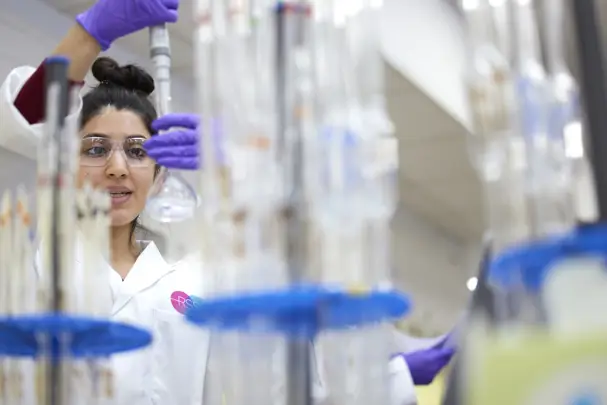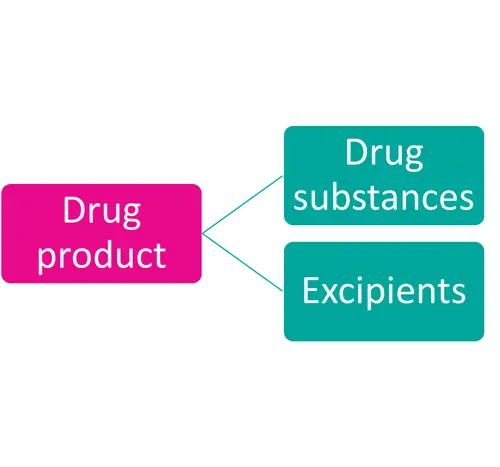Patient safety
Where leachables are detected, the adverse effect of them upon patient safety needs to be evaluated (through a formal risk assessment based on the toxicological profile for the leachable, the patient population, route of administration, dose and exposure/length of use)(7). This evaluation will include leachables that are sensitisers and those that are mutagens(8). Ideally, the leachable profile is evaluated by a toxicologist to assess the safety concern threshold.
Certain leachable compounds can also affect product efficacy and stability.
Analytical strategy
There are potentially many possible leachables (antimicrobials, colourants, film-forming agents etc.). Care needs to be given to the analytical strategy so that a complete leachables profile can be generated. Some useful guidance is contained in:
• USP <1663>, covering extractables testing for pharmaceutical packaging
• USP <1664>, covering leachables testing for pharmaceutical packaging
• ISO10993-18 (2020), covering extractables and leachables for medical devices
The leachables profile is best assessed in relation to individual single-use items. Simply assessing the drug product may involve the use of a test without sufficient sensitivity or specificity and it will not provide sufficient clarity as to where in the process the impurity has entered.
Suitable analytical methods include(9):
• High-Performance Liquid Chromatography (for organic compounds)
• Gas Chromatography (for semi-volatile and volatile analytes)
• GC with Headspace Sampling (for volatile compounds that are vaporised)
The chosen method(s) should be highly selective and sensitive analytical instruments. Another consideration is the suitability of the test sample. An appropriate sample preparation procedure is essential for the detection and accurate quantification of analytes of interest.
To assess for extractables, the highest risk parameters need to be created.
These include:
• Time
• Temperature
• Use of a variety of solvents
• Analysis by multiple methods
The aim is to separate, detect and identify any individual extractable. If extractables are detected, an extractable-leachable correlation should be established.
Summary
To ensure patient safety, single-use systems that come into contact with drug substances, excipients, or the drug product, must be evaluated for their ability to contribute leachables to the final product. The evaluation needs to be detailed and scientifically sound since risk-based assessments of extractables and leachables are required for regulatory submissions as part of product stability and quality. This consideration remains important as the range and scope of single-use, sterile items continues to expand(10).


